For galvanizing line operations, efficiency is key. From pre-processing to drying and flux recovery, every step in the process plays a vital role in ensuring the highest quality and productivity. Let’s take a deeper look at the importance of each component and how they contribute to the overall success of your galvanizing operation.
Pretreatment drum and heating: The first step in the galvanizing process is pretreatment, which involves cleaning the steel to remove any impurities and contaminants. This is usually done in a pre-treatment drum where the steel is chemically cleaned and rinsed. The heating process is also important as it helps remove moisture from the steel, ensuring optimal adhesion of the zinc coating during galvanizing. Well-maintained pre-treatment drums and heating systems are critical to preparing the steel surface for the galvanizing process, ultimately affecting the quality and longevity of the final product.
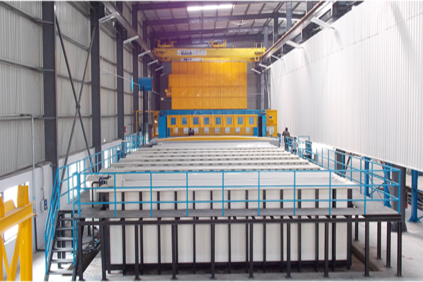
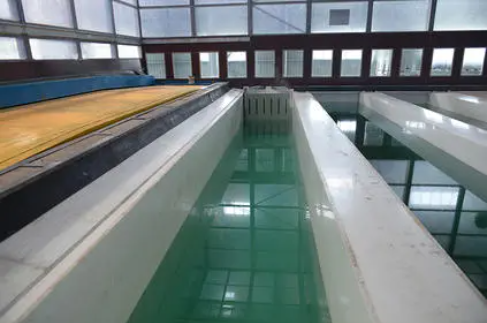
Drying pit: After the pre-treatment process, the steel needs to be thoroughly dried before it can be galvanized. This is where dry pits come into play. Proper drying is essential to prevent the formation of zinc oxide on the steel surface, which can affect the quality of the galvanized coating. The efficient drying pit ensures that the steel is completely dry and free of any moisture, resulting in a uniform and durable galvanized layer during the galvanizing process.
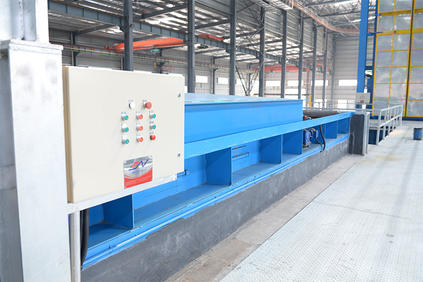
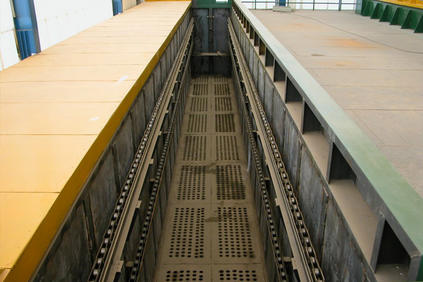
Flux recovery and regeneration unit: Flux plays a vital role in the galvanizing process as it helps in removing any oxides from the steel surface before galvanizing. However, the use of flux also generates waste, making flux recovery and regeneration an important aspect of a sustainable and cost-effective galvanizing operation. Flux recovery and regeneration units effectively recover and reuse flux, minimizing waste and reducing the overall environmental impact of the galvanizing process. By implementing a robust flux recovery system, galvanizing lines can not only reduce operating costs but also contribute to a more sustainable and environmentally friendly galvanizing method.
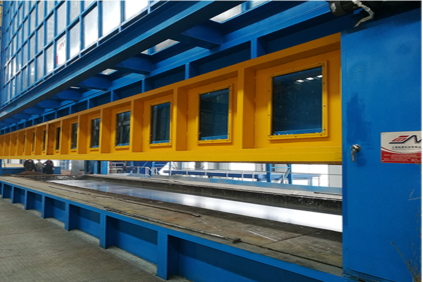
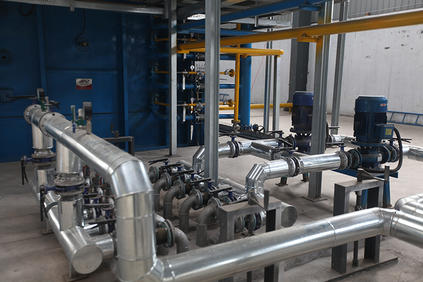
In summary, the success of an operational galvanizing line depends on the efficiency and effectiveness of every component in the process. From pre-treatment and drying to flux recovery, every step plays a vital role in ensuring the highest quality and productivity of your galvanizing operation. By investing in state-of-the-art equipment and implementing sustainable practices, galvanizing lines can maximize efficiency, minimize waste, and ultimately deliver high-quality galvanized products to meet the needs of various industries.
Post time: Jun-29-2024
